- Home
- Interior Design Ideas
Home Interior Designs
A home interior design does not start with furniture shopping. It begins with how a family navigates its daily routine. The kitchen clatters, the bedroom falls silent, the living room changes mood by the hour. Each corner has its own requirements, and each needs a different answer. People type home interior ideas into searches and scroll for hours. Catalogues repeat the same looks. What actually helps? A cupboard that hides clutter, a wardrobe with clever storage, a hall where chairs slide around when guests arrive. Interior design works only when it feels practical, not staged, not stiff. A compact flat can thrive with a fold-down table, while a bungalow might benefit from open plans and layered lighting. Inside design is not one rulebook. It shifts. A rug moved, a curtain pulled, and the mood changed.
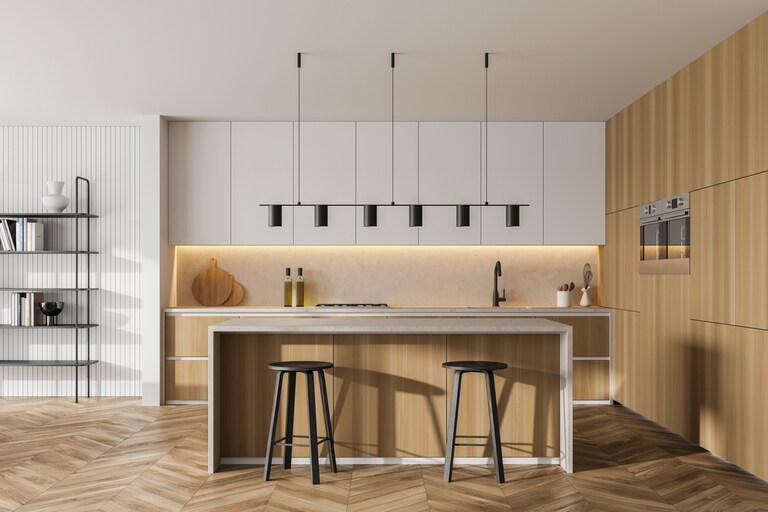
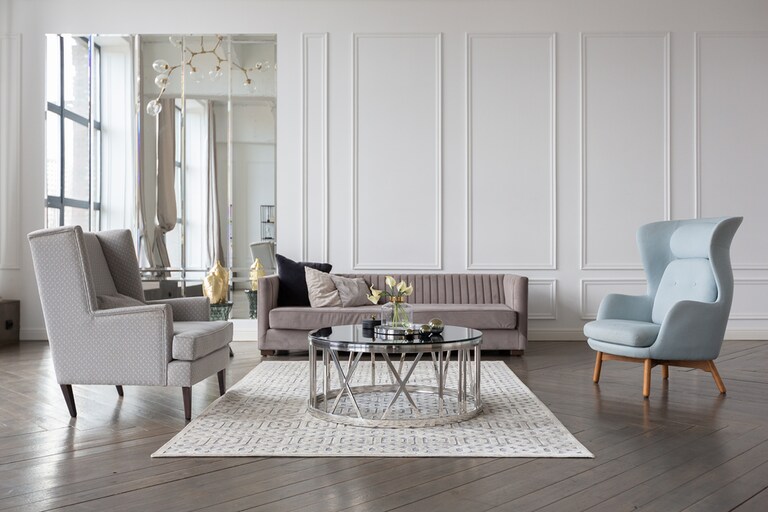
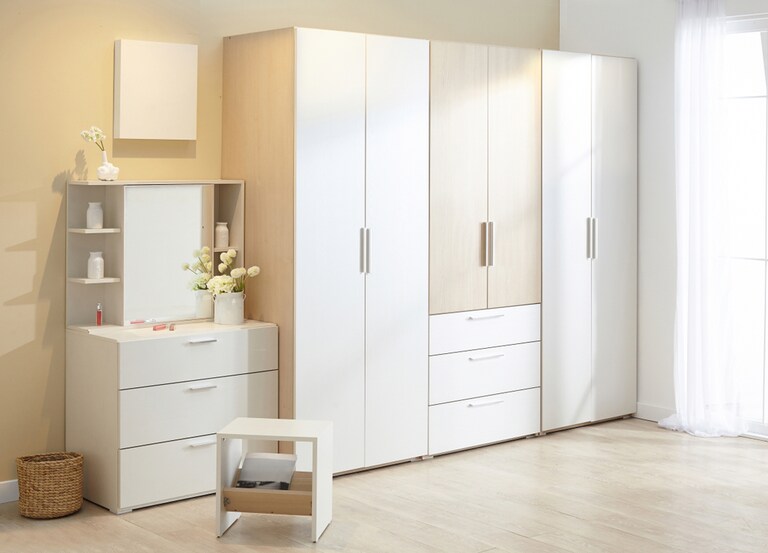
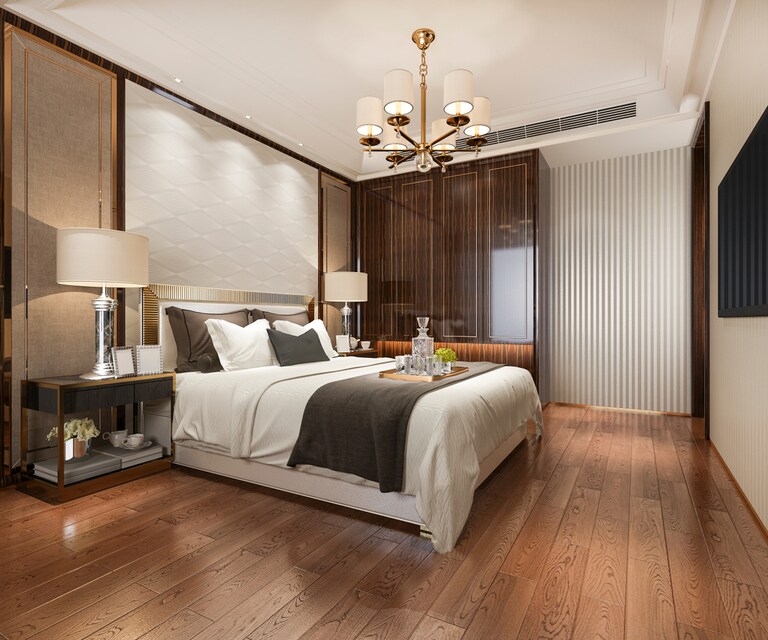
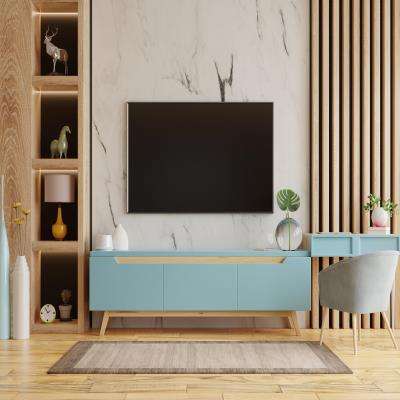
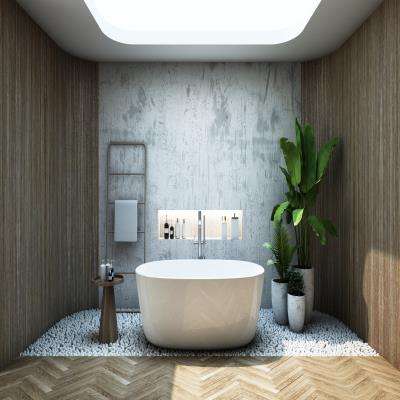
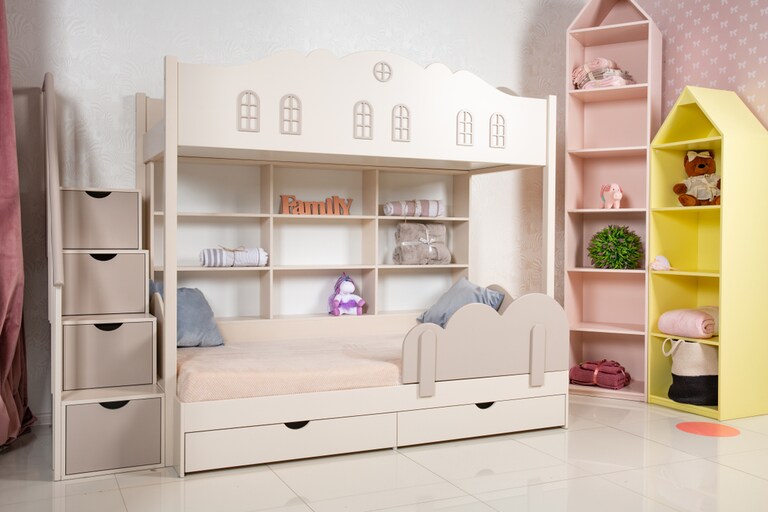
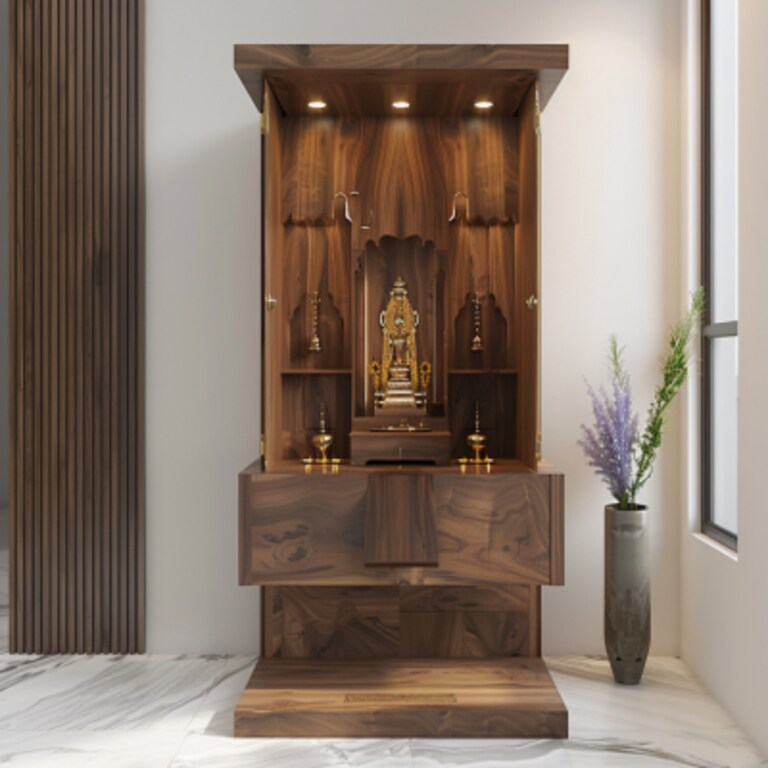
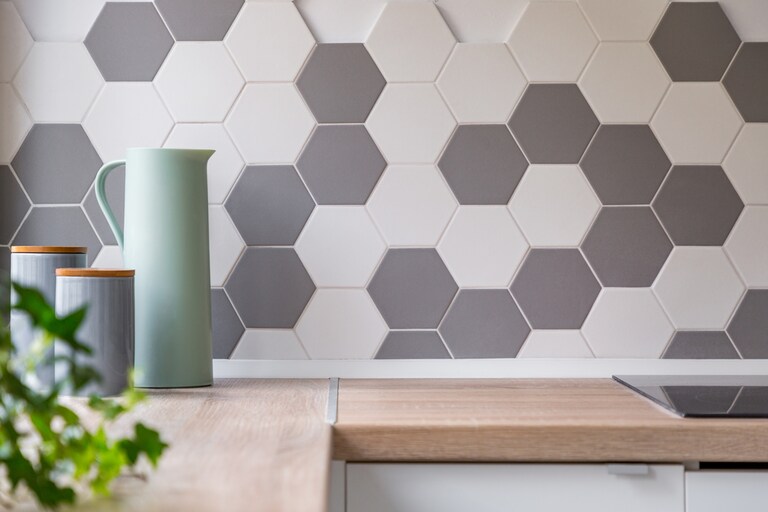
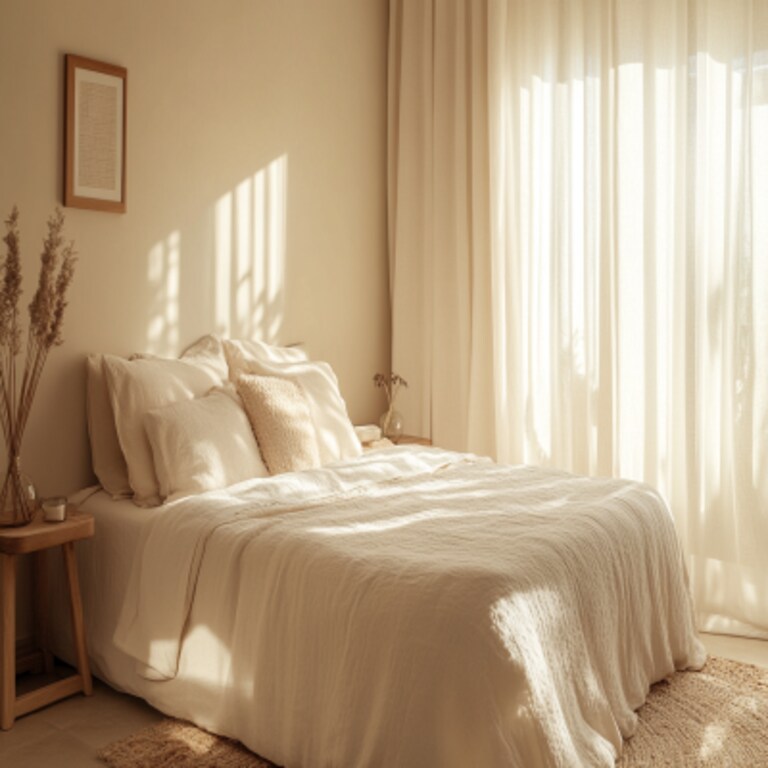
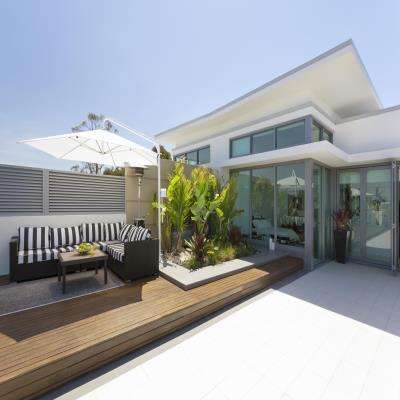
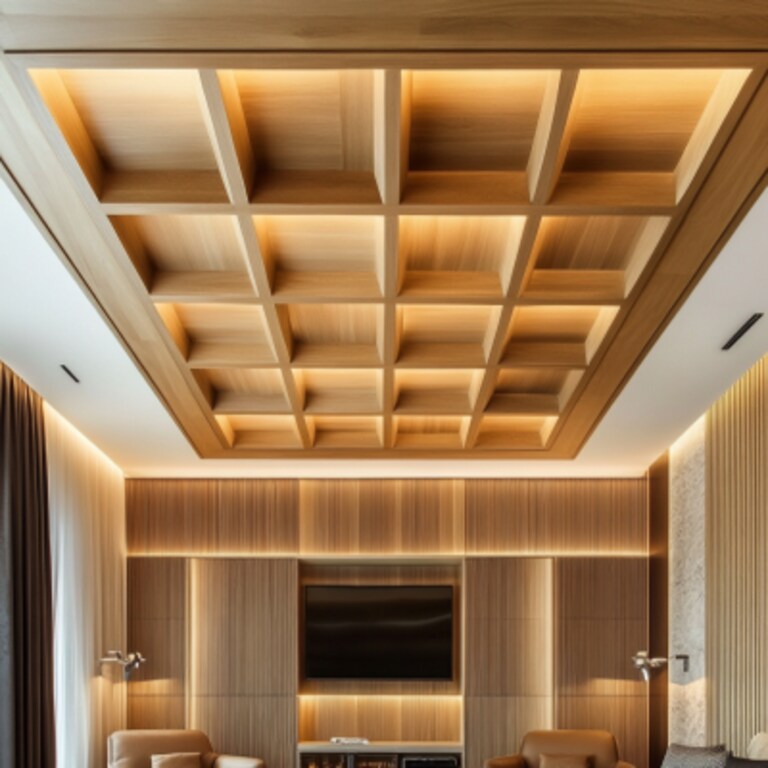
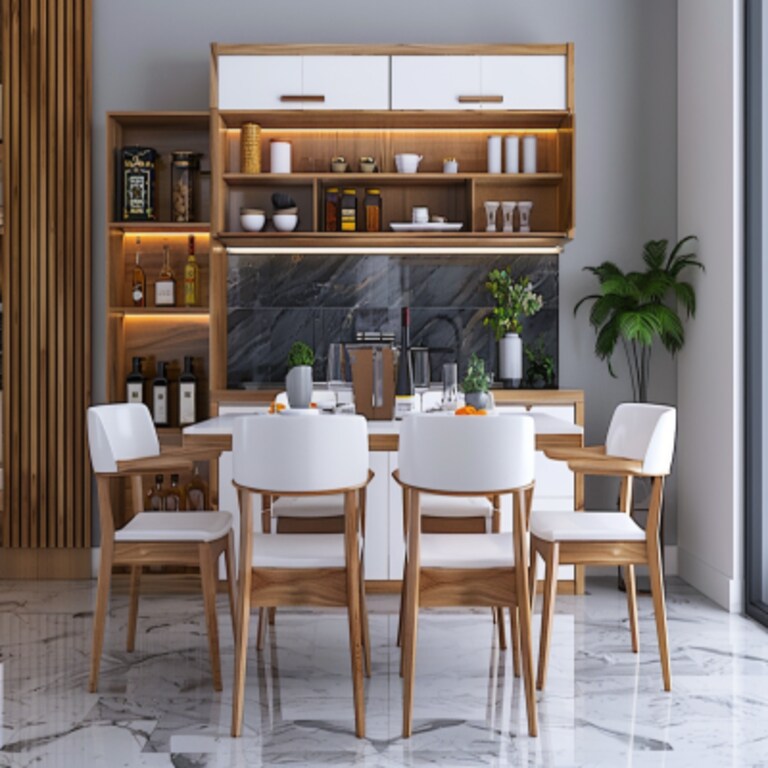
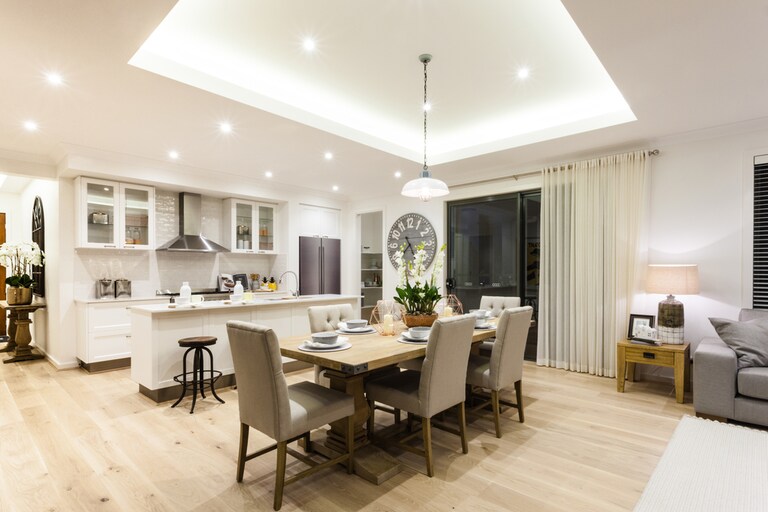
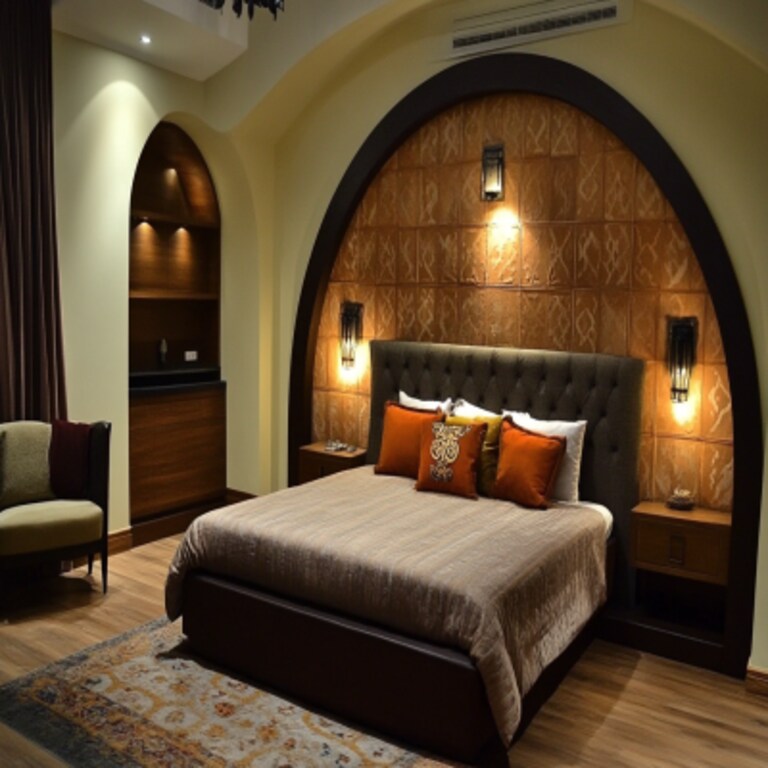
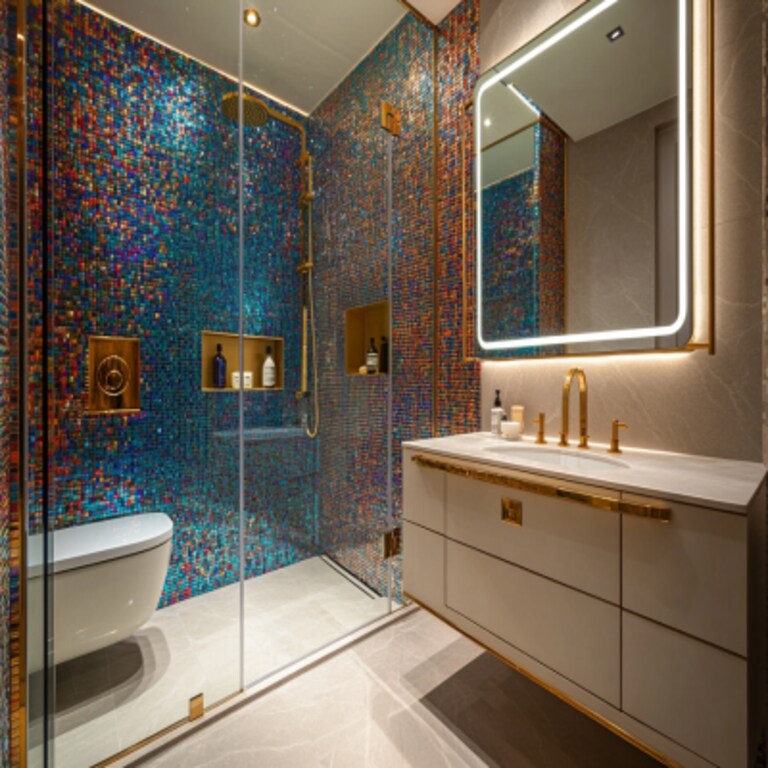
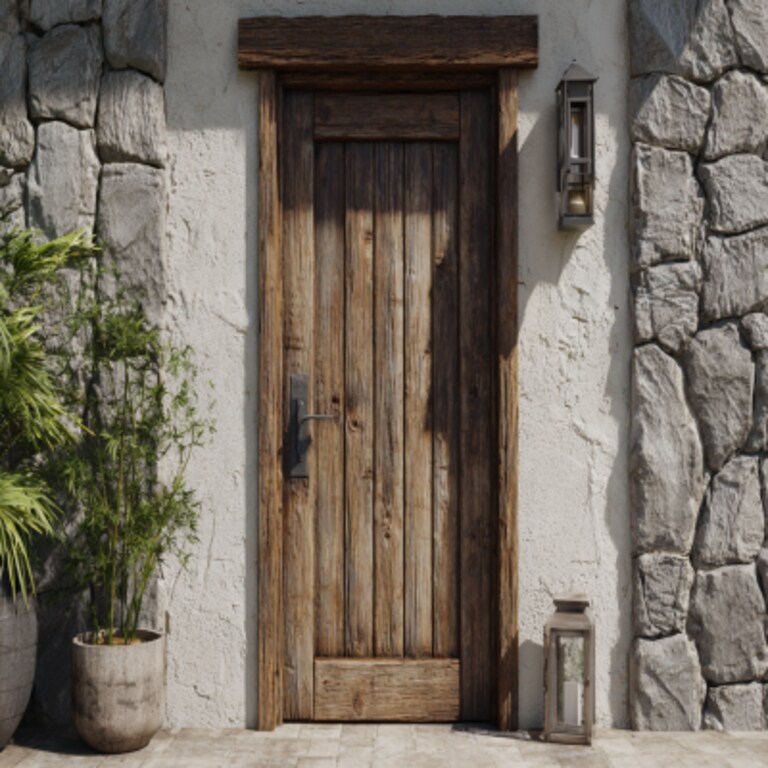
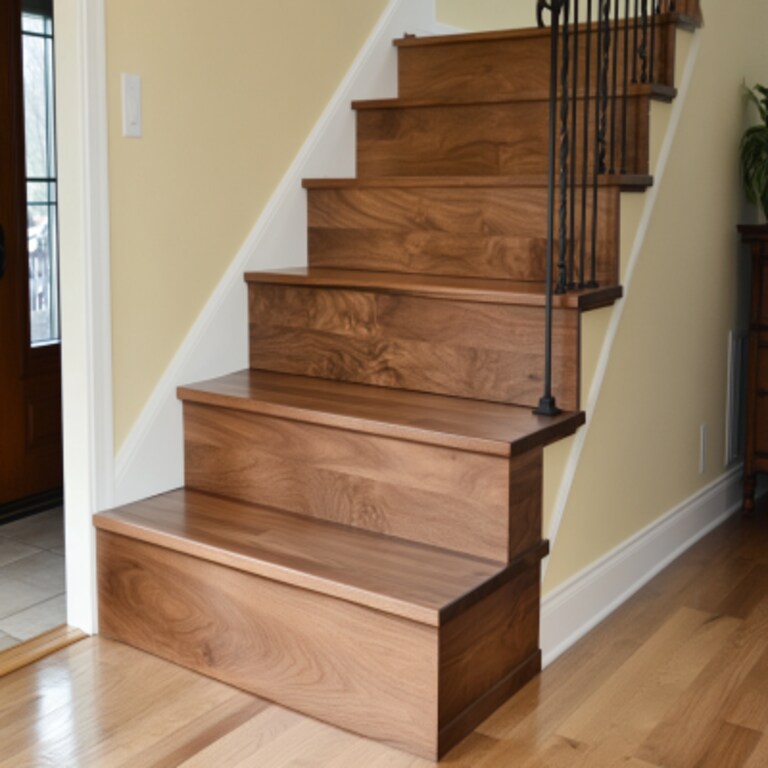

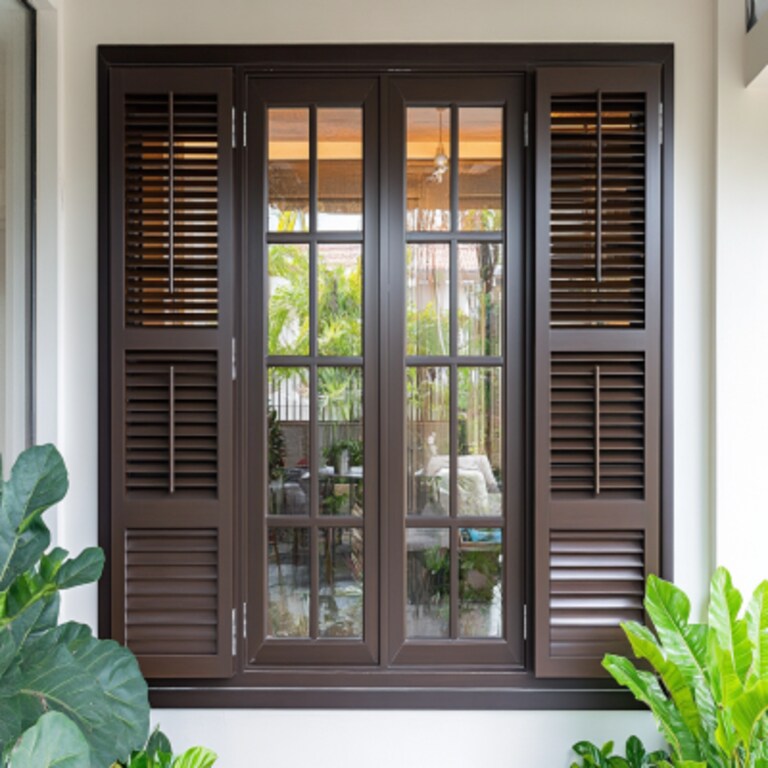
What's Your Style?
Discover your decor flair with guided assistance from experts.
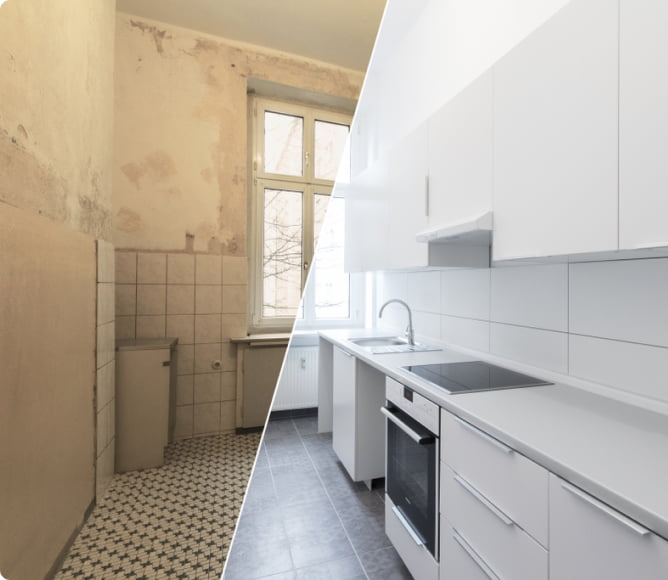
Inspire from Our Interior Design Ideas and Beautify Your Home in Style
Inside a house, it’s not size that makes the difference, it’s choices. A compact flat can feel spacious with one shelf shifted, while a villa may still feel cold if the lighting is off. A strong home interior design doesn’t chase trends; it strikes a balance between function and comfort.
What are the Timeless Interior Design Trends That Never Go Out of Style?
Some things don’t leave. Families repaint walls, swap out sofas, and relocate lamps, but certain basics remain the same.
Foundational Principles
- Neutral Colour Palettes: Whites, greys, beige. Plain? Maybe. But they bend to new accents without fuss. A wall painted with light keeps home interior ideas flexible for years.
- Natural Materials: Wood scratches, stone stains, yet both age well. That's why they keep coming back in modern home interior design, no matter the year.
- Symmetry and Balance: Not every room can manage it. But when chairs face cleanly, or lights align, it calms the eye. A steady trick in house interior design.
Enduring Elements
- Classic Furniture: A wingback chair, a plain table. Not cheap, not flashy, but steady. Many home interior design ideas still begin here.
- Open Floor Plans: Sometimes it feels risky, with walls gone and spaces joined. However, in small flats, it creates breathing space; in large houses, it connects the corners of a home's interior.
- Natural Light: Bigger windows, open partitions, fewer curtains. Every residential interior design improves with it.
- Moulding and Wainscoting: People call it old-fashioned until they try it. Lines on the wall give weight, even in modern-style interior flats.
- Statement Lighting: A single lamp can carry a whole room. Chandeliers, pendants, even odd shapes - any bold piece lifts a simple house design inside.
Strategic Design Choices
- Function-First Design: A sofa that fits bodies, not catalogues. Cupboards that open easily. Form follows use.
- Layered Textures: Jute, linen, soft cotton, and raw wood. Each surface changes how the home interior decor feels under the hand.
- Eclectic Mix: A modern couch paired with an old trunk as a table. Risky, yes. However, it creates a unique interior design, something not found in a store.
A Step-by-Step Guide to Design Your Home Interiors
Every project feels big at first. Breaking it into steps keeps things clear. Good home interior design grows layer by layer, not all at once.
- Start with a Plan: Sketch, note, or even a rough phone photo. Any plan helps. Think of rooms, living room design, modular kitchen design, bedroom design, and list what must change first.
- Fix the Budget: Small or large, decide on the cap. A precise figure stops overspending. Many home interior ideas appear tempting until their price tags are revealed.
- Prioritise Functionality: Form can wait. Focus on wardrobe design, kitchen storage, or seating in the living room. Without use, even stylish furniture fails.
- Select Styles and Colours: A mix of interior design types works. Select tones that complement the lighting in each room. Neutrals stay safe, while bold shades shift the mood quickly.
- Choose Furniture and Layout: Think scale. A sofa too big for a hall. A table too small feels lost. In interior design, furniture proportion makes or breaks the flow.
- Add Textures and Decor: Layers bring life. Rugs, throws, plants, lamps. Home interior design ideas often work with one new textile more than new furniture.
- Smart Storage: Hidden cupboards, under-bed boxes, sliding units. Smart storage is what keeps houses neat when days get busy.
- Light and Air: Check windows, fix bulbs. Window design and ventilation matter as much as colours. Natural light lowers cost and lifts mood.
- Finishes and Surfaces: Walls, floors, ceilings. Paint, panels, or polish decide how rooms feel. Use wall paint design, false ceiling design, or tiles to shift tone without replacing furniture.
- Final Details: Curtains, art, and cushions close the look. In house interior design, the small touches tie everything together.
Check Out Interior Design Ideas based on Room Type
Each room holds a different role. An apartment may give them only a few square feet, while a bungalow can spread them wide. Good home interior design treats every room by its use, not by its size.
- Living Room Design Ideas: The hub of daily noise. A living room design works best when seating feels flexible. Moveable chairs, a sofa that fits family size, and shelves hidden away. Light walls widen small rooms; darker tones ground larger ones.
- Bedroom Design Ideas: Rest comes first. A bedroom design needs a bed scaled to the room, not the catalogue. Storage under beds, quiet tones on walls, curtains that block light. Wardrobes should slide or fold without blocking paths.
- Kitchen Design Ideas: Cooking spaces need flow. A modular kitchen design lines storage, sink, and stove in a work triangle. Smart counters, pull-out drawers, and easy-clean surfaces matter more than show. Ventilation decides how the rest of the house smells.
- Pooja Room Design Ideas: Quiet corner or niche. A mandir design can use wood panels, soft lights, and simple doors. Placement matters; clutter kept away.
- Kids' Room Design Ideas: Scaled-down furniture, rounded corners, and open play areas. A kid's room design needs storage that grows with them. Add bins, shelves, and beds with pull-out drawers. Bright paints or decals that can be swapped as your child grows.
- Bathroom Design Ideas: Smallest but busiest. A bathroom design depends on fittings that last-tiles that grip, taps that don't leak. Sliding doors save space. Mirrors open up tight areas.
- Dining Room Design Ideas: Tables fit the room size. In flats, a four-seater foldable. In larger houses, extendable tables. A dining room design should keep walk paths clear.
- Outdoor Spaces Design Ideas: Balconies or patios act as breaks. A small balcony design can hold foldable chairs, plants, or a swing. Flooring must resist the weather. Lighting sets the mood for evenings.
- Home Office Design Ideas: Set your desk by a window to take advantage of natural light. Use compact, supportive chairs and storage that hides cables. Even small niches can be turned into bright office spaces.
- Guest Room Design Ideas: Simple but warm. A bed, a side table, and a cupboard are enough for short stays. Neutral tones keep it open for any visitor.
2025 Interior Design Trends You'll Love to Try in Your Abode
Trends shift each year, but the core of home interior design remains the same: a balance of comfort and functionality. 2025 brings new shades, textures, and layouts, each trying to answer daily needs in a different way.
- Warm Neutrals: Beige, clay, taupe, plain to some, steady to others. These tones provide a calm foundation in home interior ideas, allowing brighter accents to come and go.
- Earthy Greens: Olive and sage continue. Often paired with cane, rattan, and raw wood in modern home interior design, they keep rooms linked to nature.
- Curved Furniture: Sharp edges soften into arcs. Sofas with rounded backs, tables with smooth corners. A fresh detail in house interior design that makes rooms feel less rigid.
- Smart Storage Everywhere: Pull-outs in kitchens, hidden cupboards in beds, wall-mounted units in halls. Smart storage is no longer a trend, but a necessity for flats.
- Layered Lighting: Ceilings, lamps, and strips are hidden in a false ceiling design. Interiors in 2025 keep rooms flexible by adjusting the mood with light.
How to Design a Small Home Interior without Breaking the Bank?
Not every upgrade demands a heavy cost. Detailed planning can stretch your budget while still creating a well-designed home interior. Small homes in particular show change with the simplest shifts.
- Start with Walls: Paint costs less than buying furniture. A neutral tone opens up rooms, while one accent wall brings focus. Many home interior ideas begin here before incurring larger expenses.
- Reuse and Rearrange: Shift furniture first. A sofa against a new wall, a table swapped across corners. Even a living room design can look fresh without buying a thing.
- Multipurpose Furniture: Beds with storage, foldable tables, ottomans that double as bins. Compact homes survive on smart storage.
- DIY Decor: Frames, plants, and shelves fixed by hand. Small touches add more character than costly sets. In-house interior design, these tweaks matter.
- Light Fixes: Simple bulbs swapped for warmer shades. A lamp in the corner, mirrors placed to bounce daylight. These changes lift the mood in modern home interior design without significant spending.
What are Primary Vastu Tips for Home Interiors?
Many homes in India still adhere to Vastu principles when planning their home interior design. The aim is to achieve balance, with the placement of rooms, light, and furniture in ways that feel steady.
- Main Entrance: The entry sets the tone. Doors facing east or north are often preferred in house interior design. Clearing space at the front avoids blocked flow.
- Living Room: The living room design works best at the front of the house. Seating arranged facing east or north brings light and order.
- Kitchen: Fire elements sit in the southeast. A modular kitchen design aligned this way is said to keep harmony in the household.
- Bedroom: Beds facing south or west bring calm. A bedroom design planned in this way helps avoid restless nights.
- Pooja Room: Placing a pooja room design in the northeast corner is a common choice. Natural light and quiet corners suit it.
- Colours: Soft, natural tones often fit better. Vastu-friendly colours guide home interior design ideas toward calm rather than clash.
How to Style a Rental Home?
Rental homes often come with limits. Walls can't always be broken, cupboards can't be rebuilt. Still, home interior design can shift mood with smaller, reversible steps.
- Use Textiles: Rugs, curtains, and cushions add warmth and comfort. These can travel with you, so money isn't wasted. Many home interior ideas for rentals begin with fabrics.
- Temporary Storage: Free-standing racks, foldable tables, and a light wardrobe design make it easy to set up without needing carpentry. These suit tenants who move often.
- Removable Decor: Wall stickers, framed art, and plants brighten corners. Easy to add and easy to remove, this useful in-house interior design is perfect for temporary use.
- Lighting Tricks: Switch harsh bulbs for softer tones. Add floor lamps instead of drilling. Even a compact living room design benefits from layered light.
- Small Furniture Swaps: Invest in pieces that adapt, such as a foldable dining set or a sofa bed. In modern home interior design, such furniture serves dual purposes in tight spaces.
What are Easy yet Functional Eco-Friendly Interior Design Ideas?
Green choices don't need to be expensive. Small swaps in home interior design often go further than big overhauls.
- Natural Materials: Wood, cane, rattan. They scratch, they dent, but they outlast plastics. Many families stick with them in home interior ideas, because they age better.
- Lighting: LEDs are apparent, but layering matters too. A warm lamp in the corner, strips tucked into a false ceiling design, and fewer ceiling floods. Costs less over time.
- Indoor Plants: Not only for looks. Some people have really clean air, while others don't, but they keep them anyway. A living room design feels calmer with one leafy corner.
- Recycled Furniture: An old trunk as a table, crates stacked for shelves. Rough but real. That's where house interior design feels personal.
- Water-Saving Fixtures: Shower heads, taps. Easy swaps are available, but many people still overlook them. A missed chance in bathroom design.
- Storage with a Natural Touch: A jute basket, a bamboo bin. Simple smart storage that doesn't look like plastic tubs.
Which Colours are Trending in Home Interiors in 2025?
Colour sets the mood faster than furniture. In 2025, choices lean warm, but with a few strong accents still holding ground in home interior design.
- Clay and Beige: Plain to some, calm to others. Good for backdrops in home interior ideas. A rug or bright curtain can change the whole look on top of these.
- Olive and Sage: Greens that tie a room to nature. Standard in modern home interior design, especially when paired with cane chairs or wooden floors.
- Deep Blues: Rich tones, not fading yet. Used on walls in house interior design, or sometimes just on cushions, so the depth doesn't overpower.
- Terracotta and Soft Pinks: Not loud, but they warm a corner. In home interior design ideas, often added through rugs or throws.
- Charcoal and Black: Bold and striking, these shades work best on trims, frames, and panels. In modern interiors, they are often used to outline pale walls, adding depth and contrast, rather than covering entire surfaces.
What are the Different Types of Styles in Interior Design?
Styles guide how a house feels inside. Some are sharp and new, some carry old weight. In home interior design, mixing styles is common, such as a modern sofa in a rustic hall or classic moulding around sleek furniture.
- Modern: Straight lines, open plans, neutral tones. In modern home interior design, furniture often incorporates storage, and walls are kept light.
- Contemporary: Shifts with time. Today's lamp, tomorrow's colour. A flexible lane in home interior ideas.
- Rustic: Rough timber, stone, and handmade pots. Often used in farmhouses or village house interior design.
- Art Deco: Gloss, geometry, bold shapes. Rare but striking in a unique interior design.
- Traditional: Heavy wood, carved cupboards, patterned fabrics. Still seen in modern Indian interior design, where families prefer steady comfort.
- Victorian: Tall headboards, thick curtains, chandeliers. A layered look in home interior decor.
- Colonial: Wood shutters, cane chairs, high ceilings. A classic of residential interior design in old homes.
- Gothic: Dark tones, arches, heavy textures. Rare in-home interior design, but distinct.
- Transitional: Balance of old and new. Neutral walls, mixed furniture. Works across many home interior design ideas.
- French Country: Soft colours, linen, distressed wood. A calm style in beautiful home interior design.
- Georgian: Symmetry, trims, muted tones. Often formal in interior decoration.
- Shabby Chic: Faded fabrics, white paint, worn tables. Casual, still part of home interior work in some flats.
Which Colours are Popular in Interior Design?
Some shades come and go. Others stay, shaping rooms year after year. In home interior design, these colours are often featured in paint, furniture, fabrics, and trims.
- Black Interior Design: Best in frames, trims, and small panels. Too much black darkens rooms, but a touch can sharpen lines in interior design.
- White Interior Design: Used often. Keeps rooms bright and makes the space feel open. In home interior ideas, white walls carry rugs, art, or curtains.
- Grey Interior Design: Flexible tone. Blends with wood, metal, or stone. A steady base in modern home interior design.
- Green Interior Design: Soft sage, olive, deep forest. Balances wood and plants in house interior design.
- Blue Interior Design: Sky blue for lightness, navy for depth. Both continue to appear in home interior design ideas.
- Red Interior Design: Strong. Works better on cushions, rugs, or a single wall. Rare for full rooms in home interior decor.
- Brown Interior Design: Linked to wood and leather. A staple of traditional interior decoration.
- Yellow Interior Design: Bright. Used in small accents. In home inside design, yellow suits kitchens or play corners.
- Beige Interior Design: Safe, warm, plain. Still common in residential interior design for families who want calm backdrops.
Tips to Design Your Home Interiors Based on Season
Seasons shift how a house feels inside. A smart home interior design adapts, lighter in summer, layered in winter, steady through monsoon.
- Summer: Cotton curtains, pale walls, airy layouts. In home interior ideas, ceiling fans and cross-ventilation matter more than décor.
- Monsoon: Moisture control is key. Wicker, cane, and metal stay safe; rugs and thick drapes trap damp. Compact house interior design often adds dehumidifiers.
- Winter: Warm fabrics, rugs underfoot, throws on sofas. Darker tones add comfort, while lighting lifts short days.
- Spring / Festive Months: Fresh flowers, lighter covers, colourful cushions. Many families refresh interior decor at this time.
Know Interior Design Based on House Type
Not every house follows the same rules. Size, layout, and use determine how a home's interior design takes shape.
- Simple House: The focus remains on basics, steady furniture, and easy finishes. In home interior ideas, paint and simple storage make the largest impact.
- Flat / Apartment: Space is tighter, so living room design, modular kitchen design, and wardrobe design rely on compact planning. Multipurpose units help.
- Duplex: Two floors allow for separation, with social spaces located below and private rooms above. Stair placement often guides the flow of a house's interior design.
- Villa: Wide layouts, often open. Modern home interior design here uses large windows, layered lighting, and statement furniture.
- Bungalow: Spread across one level. Home interior design ideas often include wide halls and covered verandas.
- Farmhouse: Rustic finishes, timber beams, stone floors. A natural lane in home interior decor.
- Loft: High ceilings, open spans, raw finishes. Suit a unique interior design with an industrial style.
Want to Upgrade Your Home Interiors? Simply Contact Interior Company
This guide has taken you through home interior design, from rooms and colours to layouts and details. We touched on living room design, modular kitchen design, bedroom design, and wardrobe design-not just trends, but how a house feels once lived in.
Every space is different. A rented flat may require foldable storage, while a villa may require wide hallways. A pooja room design, a clever balcony design, or even a thoughtful wall paint design can shape daily life.
At Interior Company, we cover it all-from sketches to wardrobes, lamps, false ceiling design, or even a simple window design. Share your vision, and our team will bring it to life as something practical, personal, and unique.
FAQs About Interior Design
Q 1. How much does interior design cost in India per square foot?
Answer: Costs swing widely. Some pay ₹800--₹1,500 for basic home interior design, others spend ₹3,000 or more when custom furniture and finishes are added.
Q 2. Is hiring an interior designer worth it in India?
Answer: Often yes. A pro saves mistakes, manages vendors, and brings home interior ideas you may not discover on your own. However, for those with tiny flats, some prefer carpenters and DIY projects.
Q 3. How do I choose the best interior design style for my Indian home?
Answer: Start with use. Busy families tend to lean towards modern home interior design, while older homes often suit traditional house interior design.
Q 4. What are the latest interior design trends in India for 2025?
Answer: Curved sofas, layered lights, earthy tones, and lots of interior design that hides storage.
Q 5. Which is better for interiors in India, modular furniture or custom-made?
Answer: Modular saves time, comes ready, and fits small flats. Custom carpentry fits odd corners in residential interior design. Many mix both.
Q 6. How do I design my home interior on a low budget?
Answer: Paint first, reuse furniture, add textiles. These three steps refresh any home interior design ideas without a heavy cost.
Q 7. Which interior colour combinations are best for Indian homes?
Answer: White and wood, beige with green, or grey with yellow accents. All of these elements often appear in beautiful home interior design.
Q 8. What should I avoid in home interior design?
Answer: Too much built-in storage, dark paint in small rooms, and buying every trend at once.
Q 9. Can interior design increase the resale value of a house in India?
Answer: Yes. A well-designed home interior with asmart layout and durable materials usually sells faster.
Q 10. How do I make a small Indian apartment look spacious with interiors?
Answer: Keep walls pale, push furniture to edges, and use mirrors. Smart storage keeps clutter off the floor.
Q 11. What are the basic elements of interior design every Indian home should have?
Answer: Light, space, furniture that fits, and some storage. Without these, home interior design feels broken no matter the style.
Q 12. How can I incorporate Vastu Shastra in my home interiors?
Answer: Keep the main door clear, kitchen in the southeast, pooja room design in the northeast if space allows. Many follow colours too, like soft cream or green.
Q 13. What are the best materials for interior design in India?
Answer: Wood, laminates, and veneer for warmth. Marble and granite for flooring. Each has pros, cons, look, and maintenance.
Q 14. How long does it take to complete home interiors in India?
Answer: An apartment might wrap the home interior works in 2--3 months. Villas take longer. Full home interior design often depends on how quickly carpentry and deliveries can be coordinated.
Q 15. Which is better, a local carpenter or vs professional interior designer in India?
Answer: Carpenters are more cost-effective for minor repairs. Designers plan, coordinate, and cover more. Large house interior ideas need pros.
Q 16. How do I maintain and clean my home interiors easily?
Answer: Ventilate daily, dust often, and avoid harsh cleaners on wood. Rugs and curtains in a living room design need seasonal washing.
Q 17. What is the difference between interior design and interior decoration?
Answer: Design sets layout, function, and structure. Decoration is surface, colours, art, and fabrics.
Q 18. Do interior designers in India provide turnkey solutions?
Answer: Yes. Many firms handle everything from drawings and carpentry to wardrobe design, modular kitchen design, lighting and paint.
Q 19. How can I design interiors for rental homes in India?
Answer: Stick to movable furniture, peel-and-stick wall covers, and soft furnishings. A flexible plan makes it easy to adjust home interior decor.
Q 20. Which Indian cities have the best interior designers?
Answer: Bangalore, Mumbai, Delhi NCR, Hyderabad. Most metros now offer comprehensive interior design services, as well as online consultations for smaller towns.
Read More..
